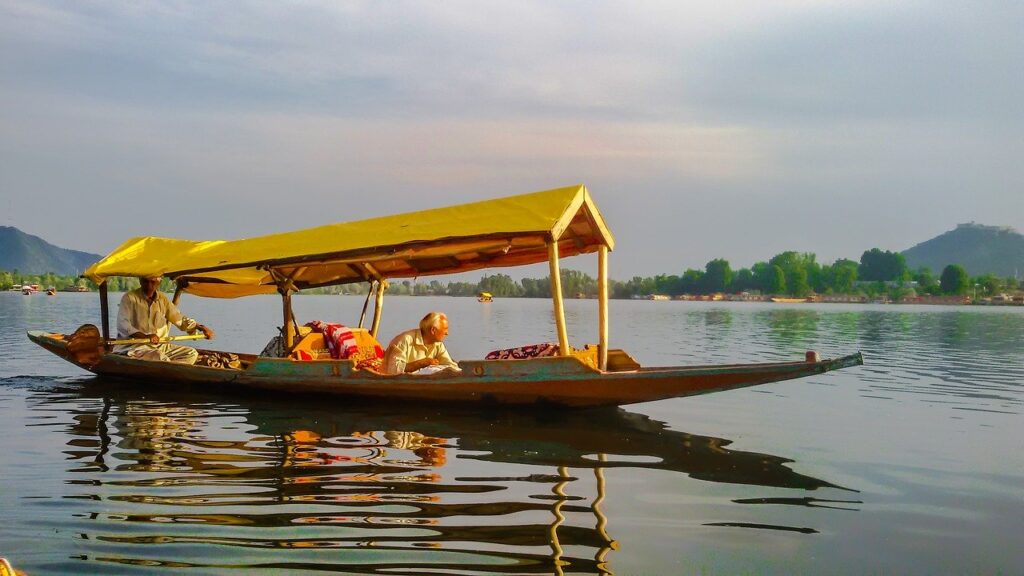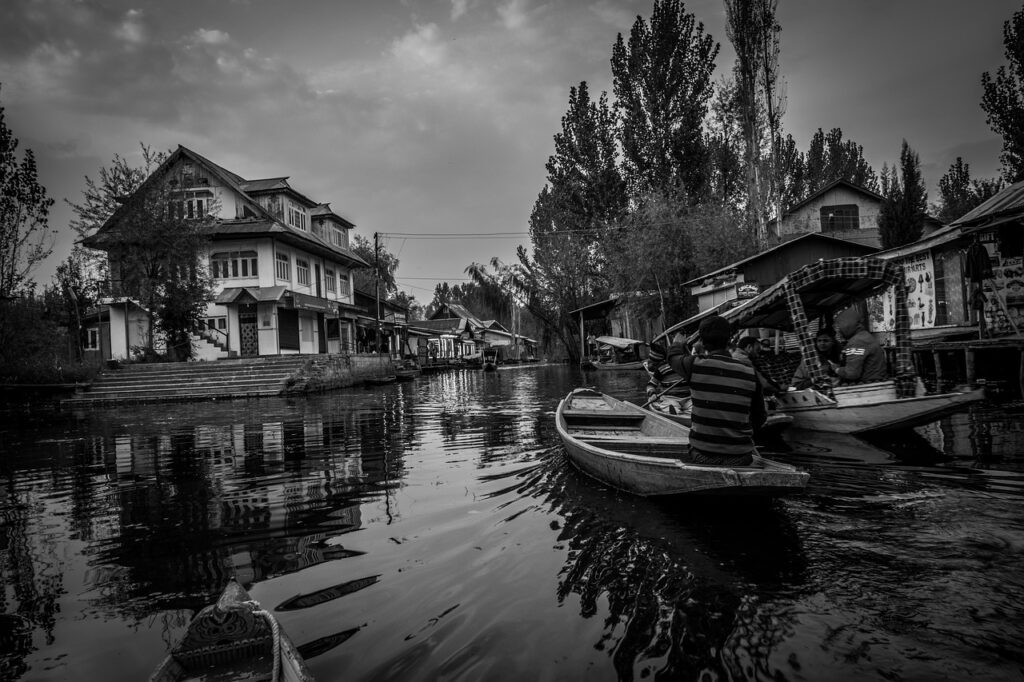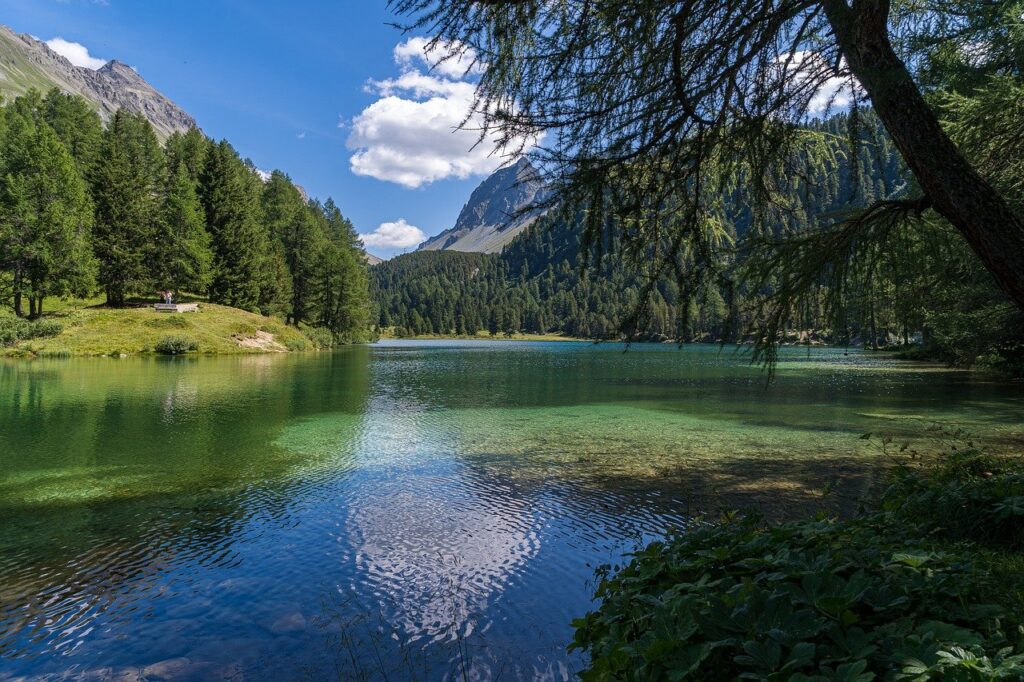Visit to Dal Lake

The fans of Bollywood films may be wondering exactly where the filmmakers come across such stunning backdrops. the idea of primitive boats sailing through a mirror-like lake with reflections of massive snow-covered mountains appears to be an eon away from the common perception of the modern India however Dal Lake is unlike any other spot on the planet. It is located in the northern part of India within the State in the state of Jammu and Kashmir which is overlooked by the majestic Himalayas.
The Kashmir valley is home to one of the most breathtaking landscapes and has claimed to be “paradise on earth” but Dal Lake is widely regarded as”the “jewel in the crown of Kashmir”. A little more local to the area it is also known as being the “jewel of Srinagar”. People who aren’t familiar with the location of the lake could be a bit surprised to discover that it is far from being an isolated beauty place, Dal Lake is sited within the main town of Srinagar and therefore is regarded as an “urban lake”.
Srinagar
Srinagar is home to approximately 1.5 million people and is the capital of summer for Jammu as well as Kashmir. The concept that two cities have capitals might appear odd, but it’s not a unique situation. Three Indian states operate in this arrangement. Its roots are that date back to the time which the Maharajas controlled and were able to govern from various places to take advantage of the most favorable weather, based on the season that the seasons change. It is interesting to note that just southwest from Jammu as well as Kashmir, Himachal Pradesh State is a state with a similar arrangement. its capital city, Dharamshala, contains the residence of the Dalai Lama and the Central Tibetan Administration (government exiled).

Dal Lake Morphology
Visitors might be shocked to learn the fact that Dal Lake is a single body of water since it appears as being a variety of lakes and swimming pools, interconnected and separated by numerous causeways, buildings built on stilts floating gardens, houseboats and floating gardens.

The lake actually grew by five lakes including Nehru Park, Nishat, Hazratbal, Nagin and Brari. The lake is quite shallow and has a maximum depth of approximately 6 meters and currently covers an area of approximately 16 sq km , but it previously covered an area of about 22 square kilometers.
Access to Dal Lake
As an urban lake, it is easy to access with roads that run around it. getting to this part of the world is simple with a great highway network and an airport located just 7 km from Badgam. It is worth noting that there is no railway service in this area.
Dal Lake and Tourism
The lake is an important tourist attraction and a place to relax and, while it does offer various commercial applications, like fishing and the harvesting of weeds to make compost however, they are of little importance. One of the most striking aspects that the lake has from the standpoint from a tourist’s perspective is the view that hundreds of housesboats, moored near the shorelines.
Dal Lake House Boats
The first houseboats were built during the time that followed British colonial rule. The splendor of this region of the country enticed a lot of the British however The Maharajas of Kashmir strictly controlled the construction of homes. The British could not overcome the restrictions simply by taking to the water. Houseboats of the past were constructed in a distinctive British design, leading to being described as “each a little piece of England”. Houseboats of today continue to provide the luxury and elegance that is evident from an earlier time. Many people choose to stay in one of these distinctive floating houses, but there are also high-quality hotels and restaurants along the lakefront.
The water is a top priority for a lot of people. One of the most popular methods of transportation is the shikava vessel which has been described as being the gondolas of Kashmir. Houseboat owners typically offer shikavas to enjoyment of guests, and other boats are available for hire at fair, but typically, prices are negotiable.

What to See at Dal Lake
There are numerous interesting locations to see, such as the Shankaracharya Temple, an ancient one or the throngs of lotus blooms in August and July. There are also many floating gardens that are usually moored within close proximity to houseboats. The gardens are constructed by cutting sections of matted plants that are cut loose and then moved into place. Unsurprisingly, water-loving plants like melons, tomatoes and cucumbers seem to thrive under these conditions.
There’s always a quantity of activity around the lake, and it also hosts a floating market , where vendors sell their products straight from their boat. In some regions where swimming is popular, so is canoeing as well as other kinds of boating. In winter you may also have an opportunity to ski.

When to Visit Dal Lake
The most sought-after period to travel to Dal Lake is between June between June and August, when the weather is the most enjoyable. The average summer temperature ranges between 12 and 30 degrees Celsius providing a relaxing escape from the hot temperatures of summer that prevail in a lot of India. Many people support the Maharaja’s old choice in his summer’s escape.
However, winter has its unique attractions, and it is the time when the stunning beauty of the landscape can be seen in its most stunning splendor. The winter temperatures range from between 1 and 11 degree Celsius however, during a severe winter, temperatures can fall to as low as minus 11 degrees. At such temperatures, the water’s surface the lake could be frozen. Naturally, stepping into the frozen water is extremely risky and should never be attempted without taking expert guidance from experts in the local area.

Dal Lake Protection
Dal Lake gives you the opportunity to enjoy a serene and unbeatable connection to the past. The lake might appear to be to be unchanging, but that is not the case. The water might appear clear and clean, but in the past, the quality of the water has steadily deteriorated due to various reasons, including contamination caused by waste from houseboats, which includes wastewater. A delicate equilibrium of ecosystems of the lake has been disturbed which has led to some species flourishing while others which then disappear. Scientists refer to this issue as Eutrophication. If left unaddressed the eutrophication process could kill the majority of the species living in the lake with monocultures replacing biodiversity, and algae replacing other plants and reducing the oxygenation that flow into the lake. Fortunately, this issue is being acknowledged as well as the Indian government has enacted an ambitious plan to return the lake back to its earlier splendour. There are no new houseboats allowed to use the lake, and there are plans to move the ones currently in the water. There is also talks of the total removal of houseboats, but this is a highly controversial issue and many residents view these boats as a major tourist attraction that is are a part of the charm that the lake has. A decision to remove them would appear unlikely. It is possible to argue the idea that Dal Lake without houseboats would be like Paris sans the Eiffel Tower.
Checkout Flight Discount and Hotel Offers.

